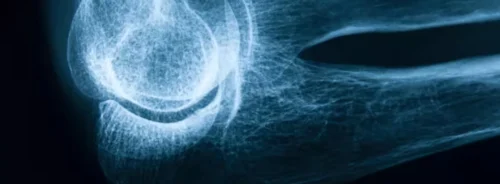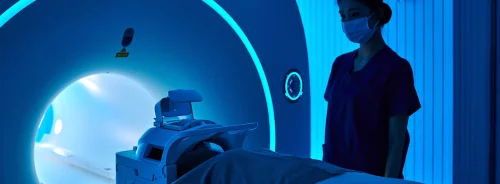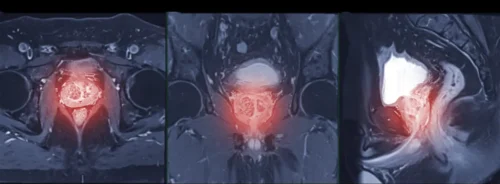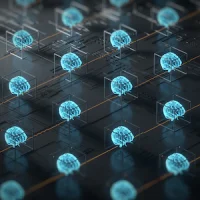One advantage of using electronic health records (EHR) is that teams of clinicians can simultaneously care for patients. But this may lead to clinicians making unintentional duplicate orders for tests and medications.
Inclusion of passive visual cues in the EHR that provide "just-in-time" decision support can be a solution to this duplication problem, according to a study reported in JAMA Network Open.
This simple approach, as shown in this JAMA study, led to significant reductions in duplicate orders of radiology tests (40%) and laboratory exams (49%).
You might also like: Improvements Reduce EHR Burnout
There was no remarkable change in redundant medication orders. The study, carried out by researchers from Beth Israel Deaconess Medical Center, examined data of 184,694 patients who visited an emergency department between 2013 and 2015.
After monitoring test ordering patterns for the first year, researchers inserted a “just-in-time” prompt into the EHR. If an order had previously been placed during the ED visit, a red highlight appeared around the checkbox of that order in the system.
Aside from eliminating healthcare waste, this simple intervention is helpful in reducing alert fatigue and burnout linked to EHR use among clinicians, according to the BIDMC team. “This type of EHR-based reminder may be a useful alternative to interruptive, post-order alerts for reducing duplicate order entry,” the researchers wrote. “We believe guiding clinicians to a right action is better than telling the clinician they have made an error."
The “noninterruptive nudge” also served as an effective time-saving tool for the busy providers. BIDMC’s records system requires password entry and at least nine clicks to cancel an order. With the visual prompts, providers were able to avoid making nearly 18,000 mouse clicks – adding about 16 hours and 36 minutes back into each doctor’s schedule.
One important limitation of the study is that researchers only tracked duplicate orders that were subsequently cancelled in the system, and not those that were carried out. Also, since the study was performed at an urban, academic hospital with a custom EHR, the researchers say the usefulness of this intervention may differ in other care settings. This is one area the researchers plan to look at in future studies, in order to help expand the use of this approach.
Image credit: iStock
Reference Horng S et al. (2019) Assessment of Unintentional Duplicate Orders by Emergency Department Clinicians Before and After Implementation of a Visual Aid in the Electronic Health Record Ordering System. JAMA Netw Open 2(12):e1916499. doi:10.1001/jamanetworkopen.2019.16499
Reference Horng S et al. (2019) Assessment of Unintentional Duplicate Orders by Emergency Department Clinicians Before and After Implementation of a Visual Aid in the Electronic Health Record Ordering System. JAMA Netw Open 2(12):e1916499. doi:10.1001/jamanetworkopen.2019.16499
Latest Articles
EHRs Burnout Imaging Radiologists Image duplication
Visual EHR nudge reduces wasteful duplicate image orders in radiology and burnout.









